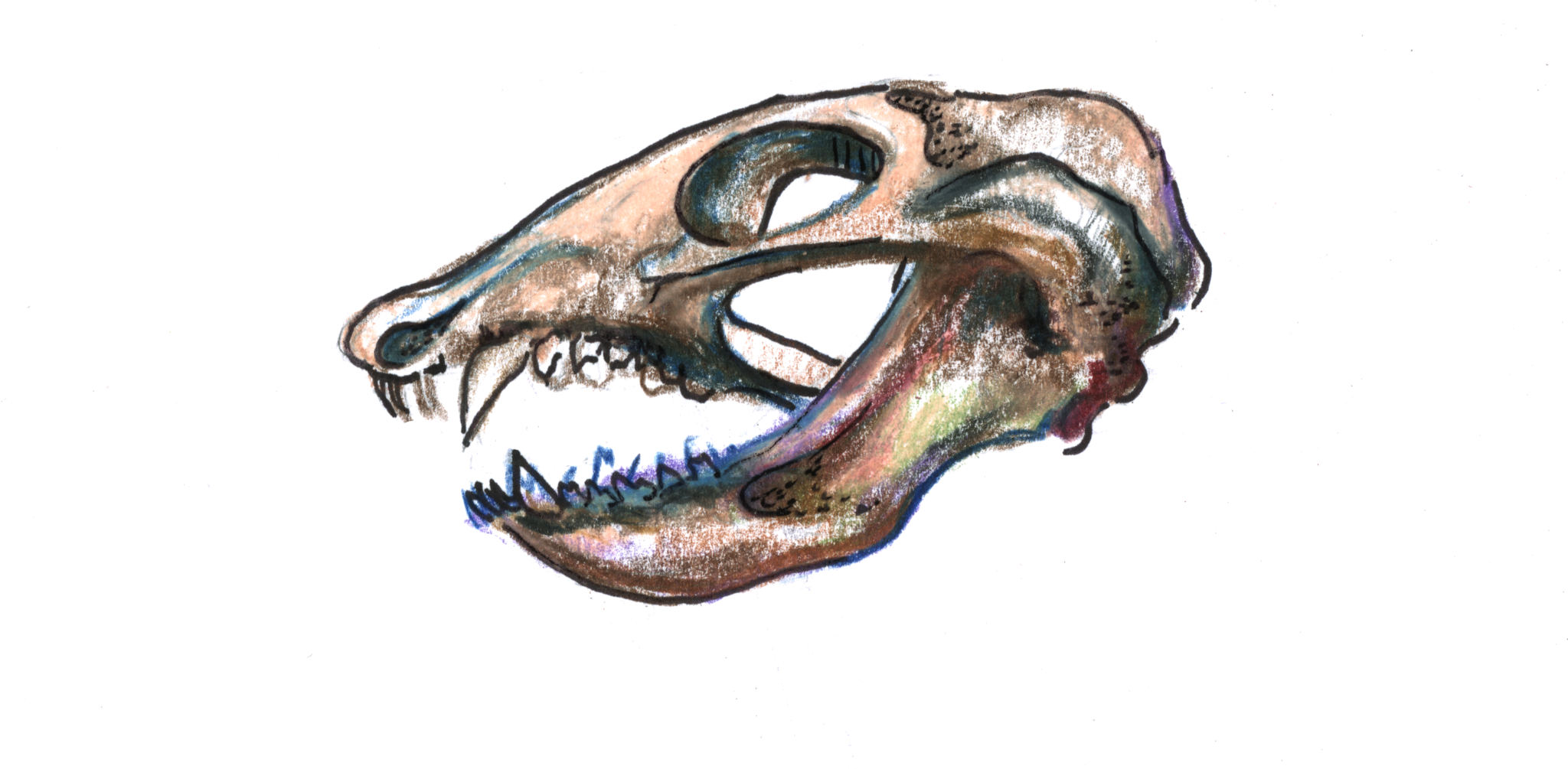
Joy Lian
Humans chew, snakes swallow, birds peck and opossums … roll? A new Yale study sheds light on how early mammals ate their food.
Researchers at Yale, Harvard, Brown and the University of Texas at Austin implanted small metal markers into the jaws of three opossums to see how their mouths moved under X-rays. After using computer software to turn the scans into three-dimensional models, the team of researchers found that the common ancestor of opossums, humans and all other mammals likely had a “rolling jaw” that enabled chewing. The study was published in the journal Nature on Feb. 13.
According to co-author and Harvard faculty assistant in the department of organismic and evolutionary biology Catherine Musinsky, her team’s findings present a new perspective on the origins of mammalian digestion.
“This rolling has some advantage, but we never knew what and how it worked until this paper came out,” she said. “When you rotate, all you’re doing is trying to get the best angle between the upper and lower tooth to get the best cut, the best chomp, the best grinding or whatever you need to do.”
While reptiles are able to swallow their food whole without needing to chew, early mammals developed the ability to roll their jaw — a method of fine motor control over where and how the mouth moves — to aid in digestion. Small bits of food are more efficient to digest than large chunks, so by chewing their food, mammals were able to sustain larger and more complex brains.
According to first author and Yale professor of geology & geophysics Bhart-Anjan Bhullar, opossums are closely linked to their ancient mammal ancestors. They also have primitive jaws that are nearly identical to those found in fossils of early mammals. This makes them perfect candidates for studies involving the origins of mammalian behavior such as chewing.
“Our findings essentially ground truth [or directly confirm] all of the various ideas people have had regarding the way in which the ancestral therian mammal jaw operated,” he said. “A number of our specific discoveries could not have been predicted from modeling alone. Henceforth, researchers can build hypotheses of dental function in fossil mammals around the actual dynamics of chewing in a ‘living fossil,’ the opossum.”
According to the study, the researchers drilled tiny metal beads into the teeth and jaw of the opossums, then fed them either kibble or wax worms while inside an X-ray system. After data collection, the opossums were then euthanized, frozen and decapitated to model their bone structures. The researchers used these models and X-ray scans to digitally reconstruct the opossums’ chewing behavior through the technology XROMM, or X-Ray Reconstruction of Moving Morphology.
Musinsky said that by using XROMM, her team was able to study chewing more accurately than previous methods of two-dimensional analysis.
“You can really, really specifically recreate and reconstruct the motion of the bone in a virtual world, a digital world,” she said.
Musinsky and co-author Harvard professor of natural history Alfred Crompton plan to use techniques and evidence developed in this study to investigate how mammalian ancestors developed the ability to suckle. Since sucking on a nipple requires fine jaw movement and tongue control to create a vacuum through which milk can flow, Musinsky said that she believes the imaging methods used in this study will be useful to model their mouth movements when suckling.
“Up until now, we haven’t been able to distinguish the motion between the two different jaws; it’s very fine. It’s very difficult to see in two dimensions, even if you’re using X-rays,” she said.
According to National Geographic, the opossum is the only living marsupial species in America.
Matt Kristoffersen | matthew.kristoffersen@yale.edu
Correction, Feb. 26: A previous version of the article incorrectly stated that Catherine Musinsky was the senior author of the paper. In fact, Alfred Crompton is the senior author. Musinsky is a co-author.







